
| Recorded by: John Petranka on 2025-06-22
Orange Co.
Comment: | 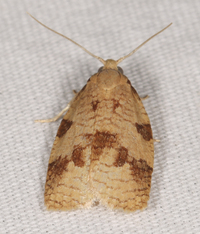
| Recorded by: John Petranka on 2025-06-22
Orange Co.
Comment: |
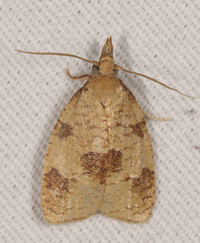
| Recorded by: John Petranka on 2025-06-22
Orange Co.
Comment: | 
| Recorded by: Gary Maness on 2022-06-21
Guilford Co.
Comment: |
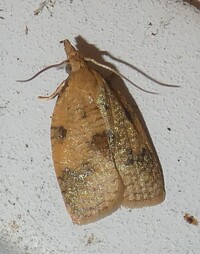
| Recorded by: Simpson Eason on 2021-06-16
Durham Co.
Comment: | 
| Recorded by: Simpson Eason on 2021-06-10
Durham Co.
Comment: Found the folded leaf on Callicarpa americana on 6/10. Pupa was inside.rnMoth emerged 6/15. |

| Recorded by: Simpson Eason on 2021-06-10
Durham Co.
Comment: | 
| Recorded by: Simpson Eason on 2021-06-10
Durham Co.
Comment: |

| Recorded by: Gary Maness on 2020-07-11
Guilford Co.
Comment: | 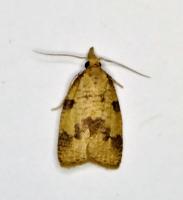
| Recorded by: Gary Maness on 2020-07-01
Guilford Co.
Comment: |
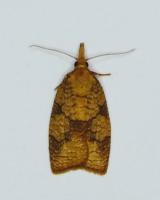
| Recorded by: Gary Maness on 2020-06-21
Guilford Co.
Comment: | 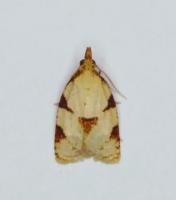
| Recorded by: Gary Maness on 2020-06-21
Guilford Co.
Comment: |
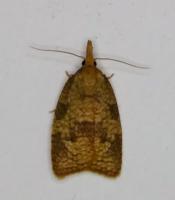
| Recorded by: Gary Maness on 2020-06-21
Guilford Co.
Comment: | 
| Recorded by: Gary Maness on 2019-07-10
Guilford Co.
Comment: |
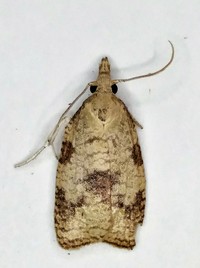
| Recorded by: Gary Maness on 2019-06-22
Guilford Co.
Comment: | 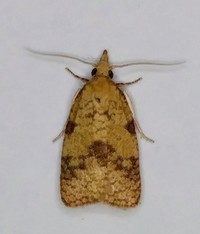
| Recorded by: Gary Maness on 2019-06-13
Guilford Co.
Comment: |
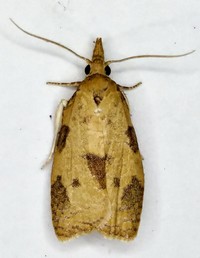
| Recorded by: Gary Maness on 2019-06-09
Guilford Co.
Comment: | 
| Recorded by: Gary Maness on 2019-06-01
Guilford Co.
Comment: |

| Recorded by: Gary Maness on 2019-06-01
Guilford Co.
Comment: | 
| Recorded by: Darryl Willis on 2016-06-16
Cabarrus Co.
Comment: |
|

 »
»


 »
»
